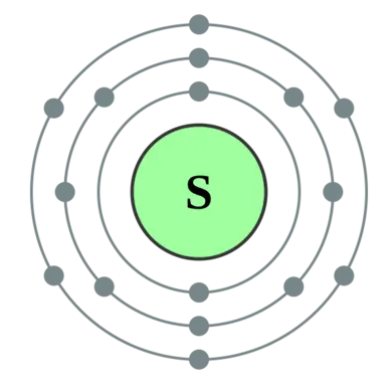
Sulfur is a chemical element with symbol S and atomic number 16. It is a multivalent, non-metallic element that exists in large amounts in the human body. The relative atomic mass of sulfur is 32.065. It is a solid under normal temperature and pressure. Its stable form is S8 cyclic molecules. These molecules are arranged into polycrystalline sulfur. However, at high temperatures, sulfur can exist in liquid or gaseous form.

Elemental sulfur
The melting point of sulfur is about 112°C, the boiling point is about 444.6°C, and the density is about 2.07g/cm3. It is a relatively light solid. Pure sulfur is a light yellow solid, the color of which may change due to the presence of impurities. Sulfur is a poor conductor of electricity, with very low electrical conductivity. These physical properties make sulfur important in many applications, including in the metallurgical industry, agriculture, chemical industry, and environmental control.
Sulfur is widely distributed in nature, with a content of about 0.048% in the earth's crust. The proportion of sulfur in the earth's core is much greater than that in the earth's crust, about 100 times that of the earth's crust. There is also a small amount of free elemental sulfur in nature. Most of the sulfur element exists in the compound state of metallic minerals, such as pyrite, chalcopyrite, galena, sphalerite, etc., mainly found in areas around volcanoes.
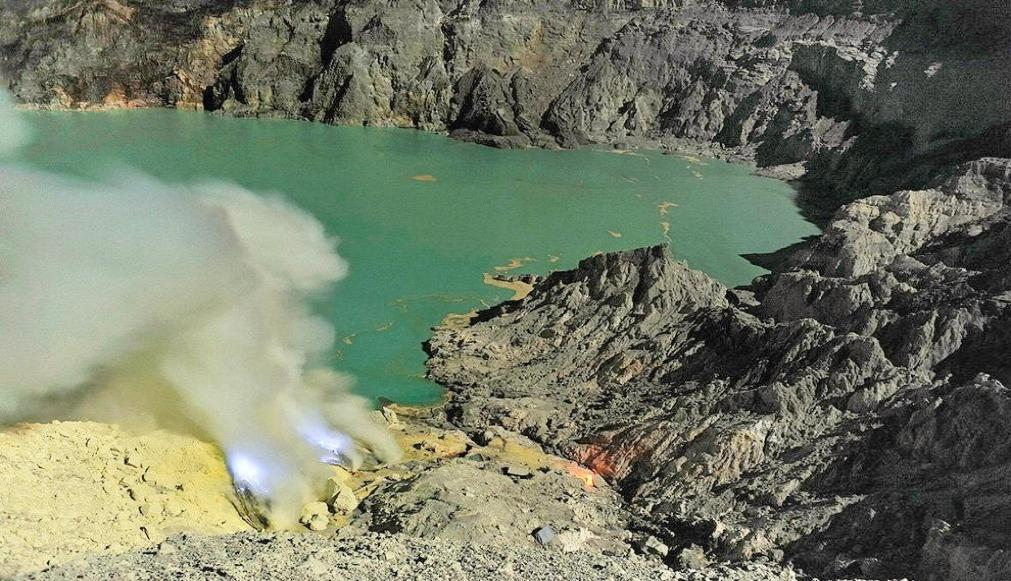
Kawah Ijen volcano
Kawah Ijen, an active volcano located in eastern Java, Indonesia, is a place like hell. The most attractive thing about Kawah Ijen volcano is its unique blue magma. At night, the magma erupting from the cracks of the volcano will emit bright blue flames, like the fire of hell, mysterious and cold, it can be called Wonders of the world! These faint blue flames are caused by the continuous burning of sulfur ejected from the crater. The rocks and the ground are covered with yellow sulfur powder, the unsolidified sulfur liquid is rolling and flowing, the yellow sublimated sulfur is rising, and the sulfur dioxide produced by the combustion is stinging. It's suffocating when it enters the nasal cavity!
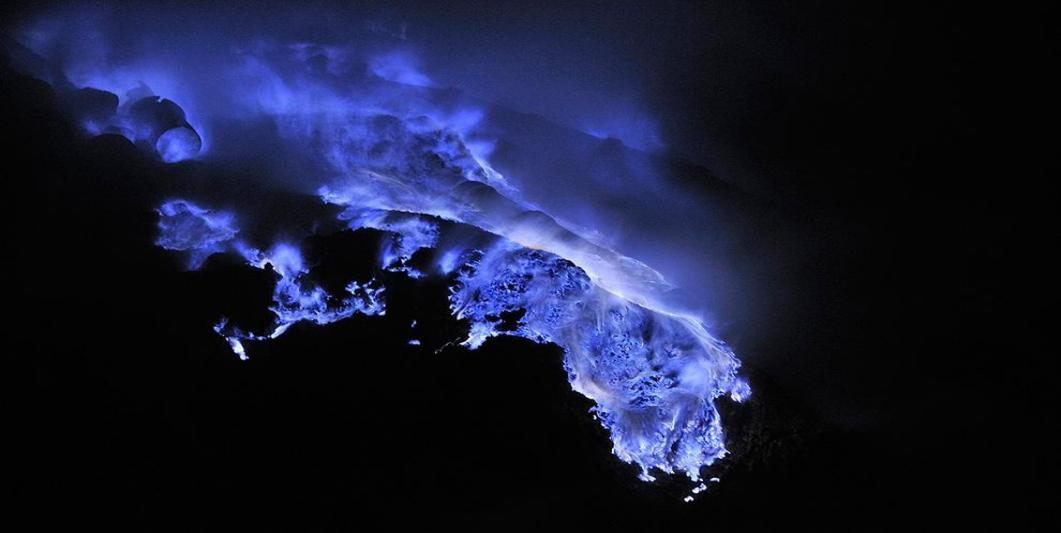
blue sulfur flame
Even in such a hellish environment, Nidunisia's sulfur workers had to risk their lives, use iron rods to knock down the cooled sulfur and put it into bamboo baskets on their backs, from the foot of the mountain to the top of the mountain, and then stepped into the thick smoke. In the rolling valley, there are no gas masks and only a simple towel. They work more than ten hours a day just to collect this treasure from hell!
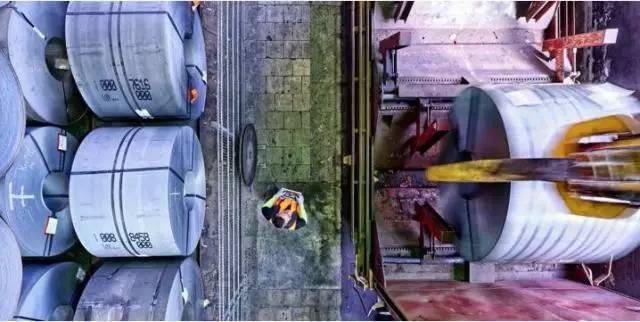
Sulfur is also a harmful element in steel. It mainly comes from steel-making raw materials and is difficult to remove during steel-making. Sulfur exists in the form of sulfide inclusions in steel, which has adverse effects on the plasticity, toughness, welding performance, thickness direction performance, fatigue performance and corrosion resistance of steel. The presence of sulfur deteriorates the quality of steel. Among them, the most harmful factor is the formation of FeS with iron, which causes steel to become brittle and prone to cracking at 800~1200°C, resulting in 'hot brittleness', that is, thermal deformation. When operated at high temperatures, product quality and service life will be affected and cracks will occur. Therefore, the lower the sulfur content in steel, the better. However, adding 0.08-0.20% sulfur to steel can also improve the machinability, and is usually called free-cutting steel.
Steel can be divided into different grades according to different sulfur contents: high-grade high-quality steel: S<0.02%~0.03%; high-quality steel: S<0.03%~0.045%; ordinary steel: S<0.055%~0.7% or less. Sulfur content is usually required to be less than 0.055%.
Reducing sulfur in steel is one of the most important ways to improve the toughness of steel (especially low-temperature steel, medium-temperature steel and nuclear power steel). Therefore, high-quality steel must strictly limit the sulfur content in the steel.
Commonly used desulfurization processes include wet desulfurization and dry desulfurization.
1. Limestone-gypsum wet desulfurization
The main process is as follows: use limestone or lime as the desulfurization absorbent and mix it with water, stir, absorb the slurry and the flue gas in the absorption tower to contact and mix, the sulfur dioxide in the flue gas and the calcium carbonate in the slurry are oxidized for chemical reaction, and finally The resulting reaction product is gypsum.
The limestone-gypsum desulfurization process is one of the wet desulfurization processes. It is also one of the most widely used and most mature desulfurization process technologies in the world.
Advantages of limestone-gypsum desulfurization process:
① The technology is mature, the efficiency is high, and the desulfurization efficiency exceeds 95%; the capacity can be large or small, and the application is very wide.
② The raw materials are easy to obtain, the cost is low, only a small amount of waste is discharged, and no waste discharge can be achieved.
③The system operates stably, and the by-product gypsum can be fully utilized and can be used as building materials.
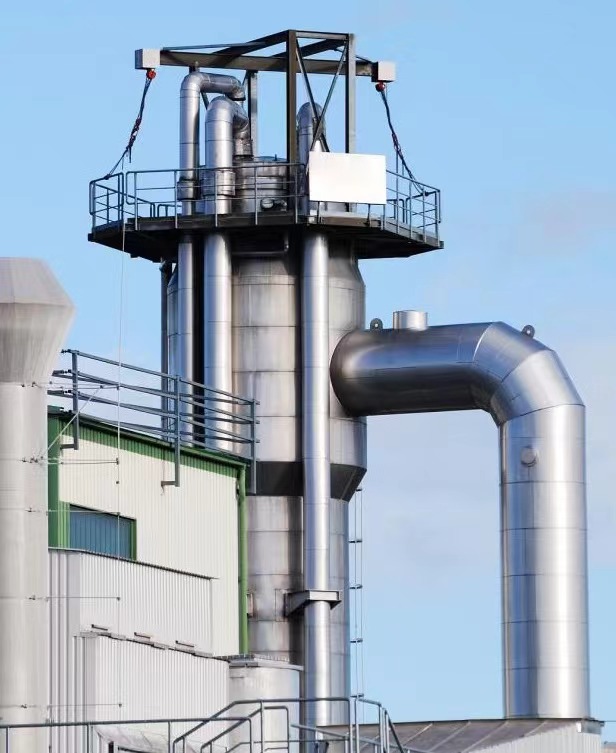
2.SDS dry desulfurization
The main process is as follows: Use the desulfurization reactor to inject the flue gas and sodium bicarbonate (baking soda) into the desulfurization reactor at the same time. Under the action of the additive, the sodium bicarbonate is activated by high temperature and decomposes into sodium carbonate. The sodium carbonate and the flue gas are highly After mixing, sodium sulfate and other sodium salts are generated to make the flue gas emissions meet the standards.
Advantages of using SDS dry desulfurization system:
① Can continuously meet emission standards, with a desulfurization efficiency of over 95%;
②The equipment occupies a small area, the site is not restricted, the power consumption rate is low, the failure rate is also low, and the equipment life is extended;
③The temperature of the desulfurization system is as low as about 10°C.
④ The desulfurization system operates in a completely dry state, with no wastewater treatment and discharge problems, no chimney tailing, no need for dewhitening, and no secondary pollution.
